I would like to recognise and pay respect to the deep history and culture of this island, and acknowledge the Muwinina and Palawa peoples, the traditional owners and custodians of the land upon which I conducted my visit; and pay respect to elders past, present and emerging.
During my 3 months in Tasmania I had the opportunity to contribute to two chapters in an Elsevier book titled “Sea ice and ice at the land margins”. The two chapters are as follows:
- Snow on sea ice (In preparation) – Robbie Mallett, Vishnu Nandan, Amy R. Macfarlane, Julienne Stroeve
- Sea ice properties (In preparation) – Pat Wongpan, Alex Fraser, Matthew Corkill, Amy R. Macfarlane
Additionally, I compiled a dataset of snow microstructural properties on sea ice at both the Arctic and Antarctica. This work will initiate future long-term collaborations with researchers looking to download and quickly access snow datasets in both regions. By working with Dr Petra Heil, I have been able to efficiently access and obtain an overview of the datasets available and will continue to add to this dataset overview into the future.
I visited the Kingston offices of Australian Antarctic Division (AAD) where I gave an interview for an online article. During this visit I also trained Sean Chua, an AAD scientist, on snow measurement techniques for his fieldwork in November 2023 at Scott Base, Antarctica (Figure 1). During this training I gave an overview on best practices in the field and outlined how to operate the equipment.
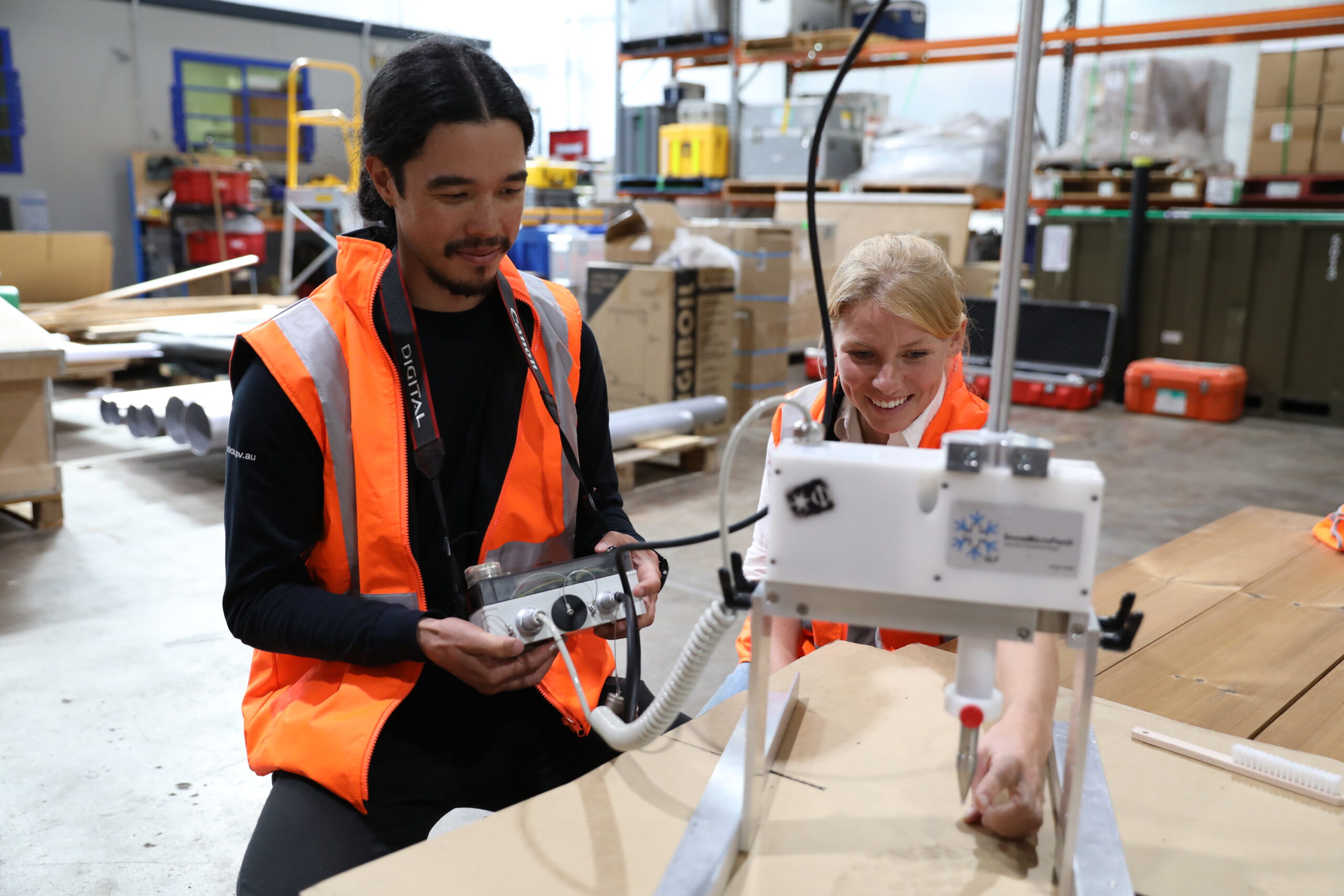
I met with Ambassador Caroline Bichet-Anthamatten on her official state visit to Tasmania (Figure 2). I was invited to an evening reception where I gave a short presentation to the Swiss community living in Tasmania about my work in Switzerland and how the Mertz Fellowship allowed me to collaborate with Australian Antarctic scientists.
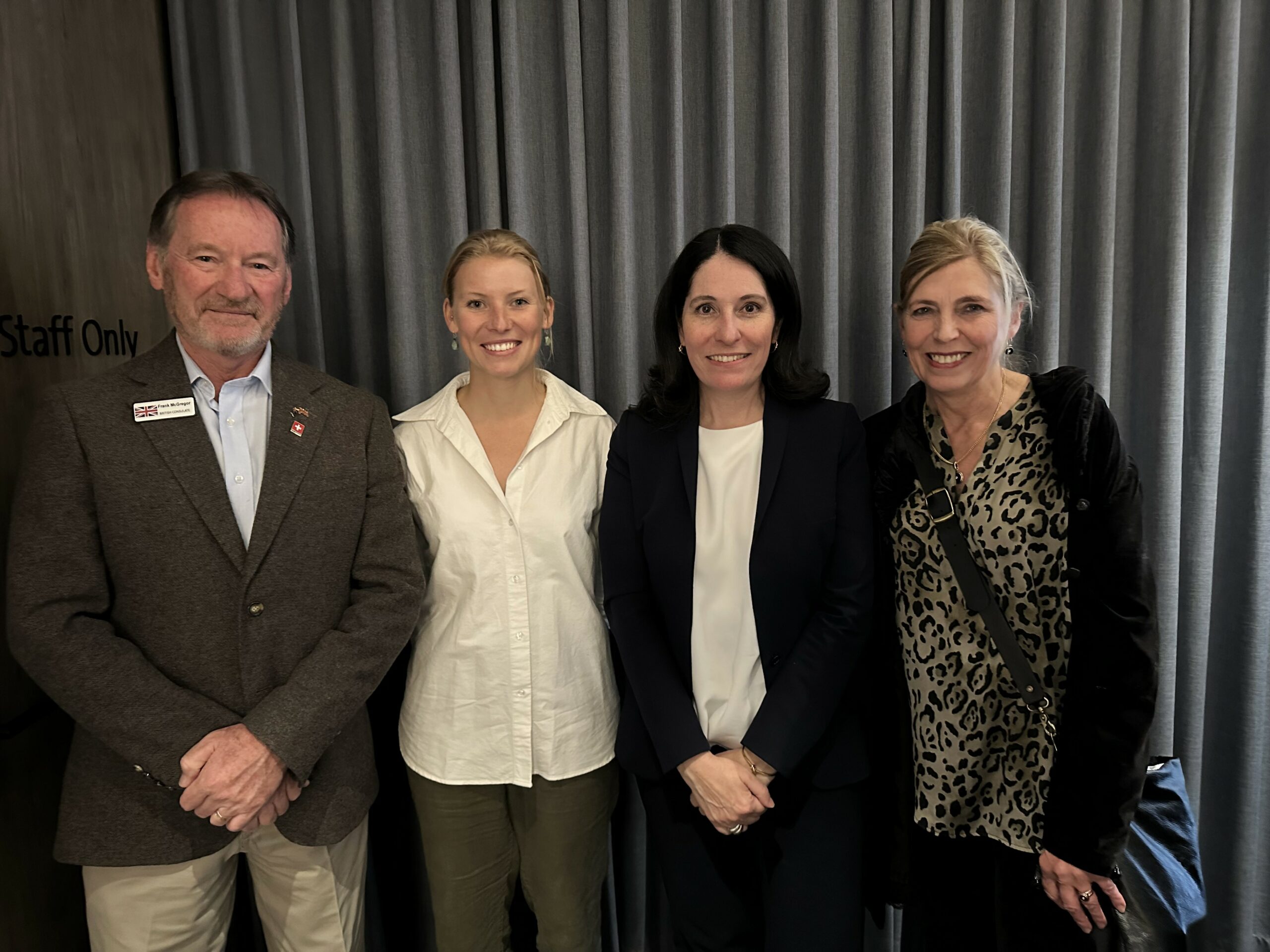
I also organised a tour of the ice coring laboratory with Dr Tessa R. Vance to discuss the bubble-free layers in an ice core, collected at Mount Brown South ice core site in East Antarctica (Figure 3).
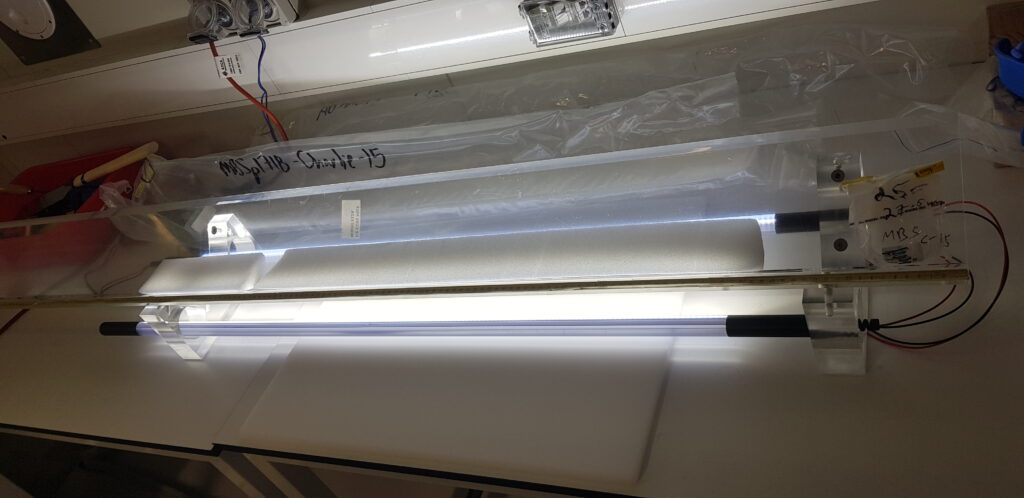
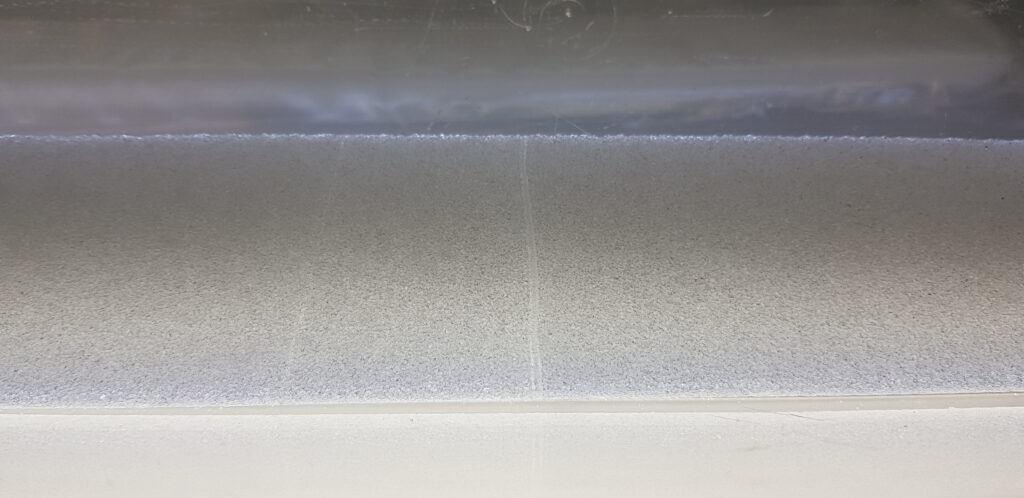
We had some delicious team lunches at IMAS (Institute for Marine and Antarctic Studies) restaurants in Salamanca, Hobart. Figure 4 is when Prof. Pat Langhorne and Prof. Vernon Squire visited Hobart.
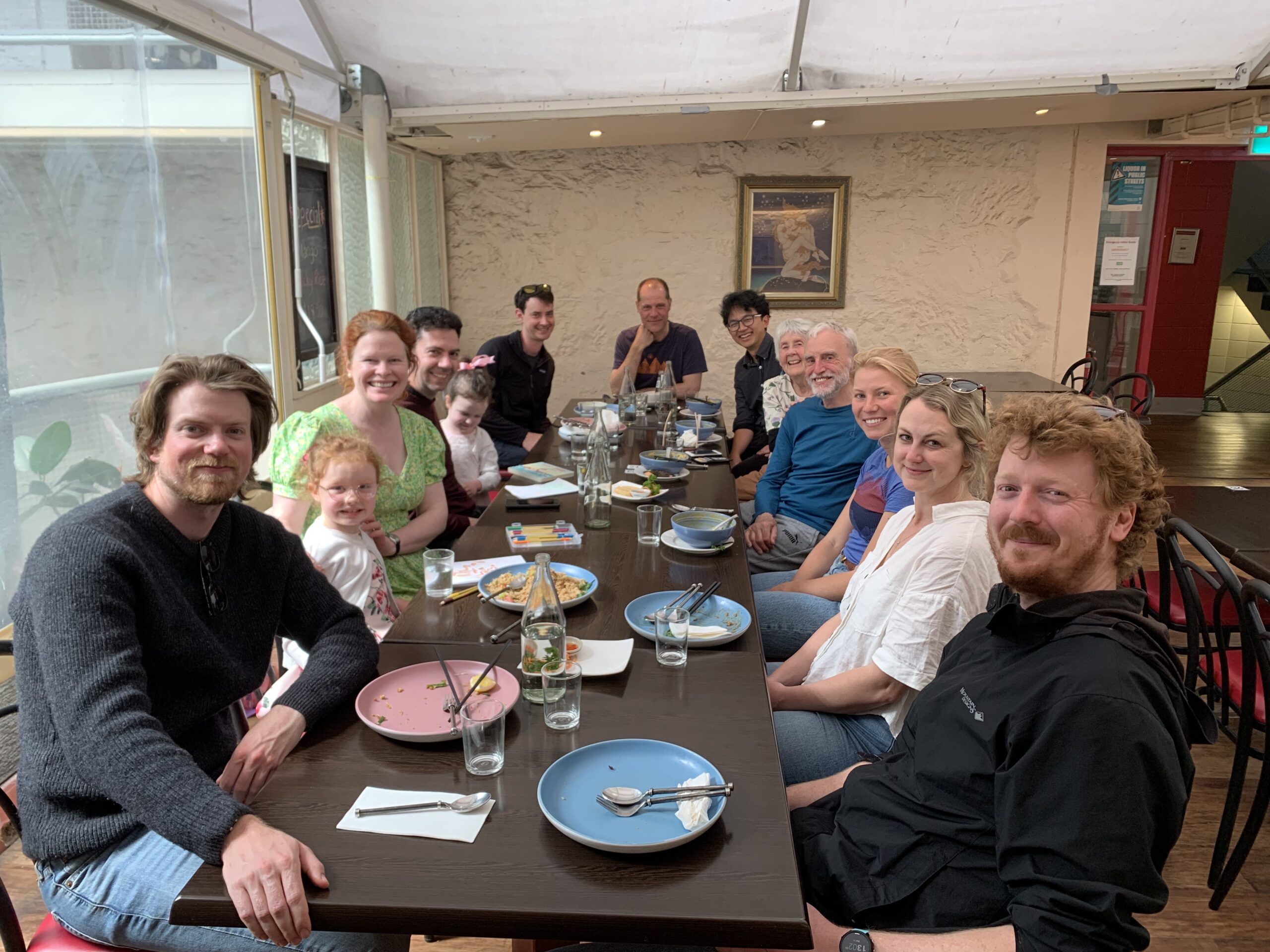
During my stay in Hobert, I also took part in:
- The AAPP symposium as a keynote speaker giving a presentation titled “Snow on sea ice: a continuous Rubik’s cube.”
- An IMAS seminar (Figure 5), where I gave a talk about my work until now and looking towards the future of snow on sea ice research, titled “And though she be but little, she is fierce. The role of a snowflake in the sea ice system.”
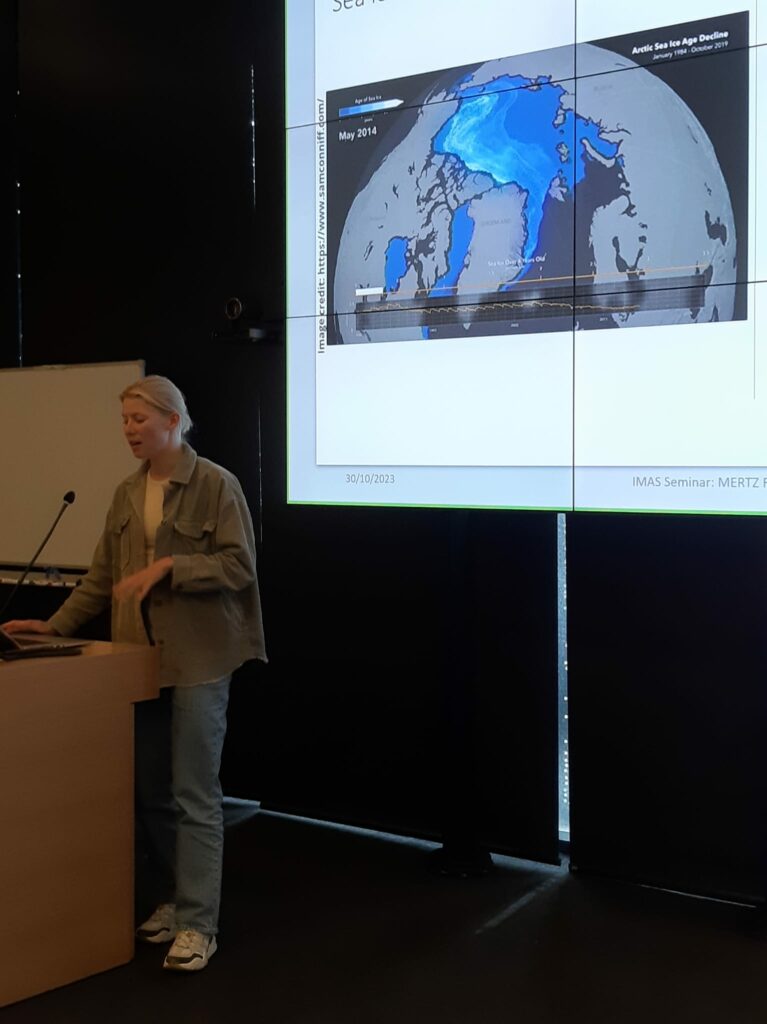
As a representative of the APECS RISE working group I helped organise an APECS wokshop during the APECS online conference. We invited 4 panelists to discuss ‘The path towards responsible scientific activities’.
During my free time in Tasmania, I completed my PADI freediver qualification in Bicheno (figure 6) and dove to a depth of 16 m! I saw sharks, eight-legged star fish, giant kelp forests, abalone, and I am still searching for the elusive sea dragon.
In addition, I visited the historic convict site Port Arthur, hiked up Colins Cap, Organ Pipes, Mount Amos whilst visiting Wineglass Bay, and went on many spontaneous pre-work surfing trips (figure 7).
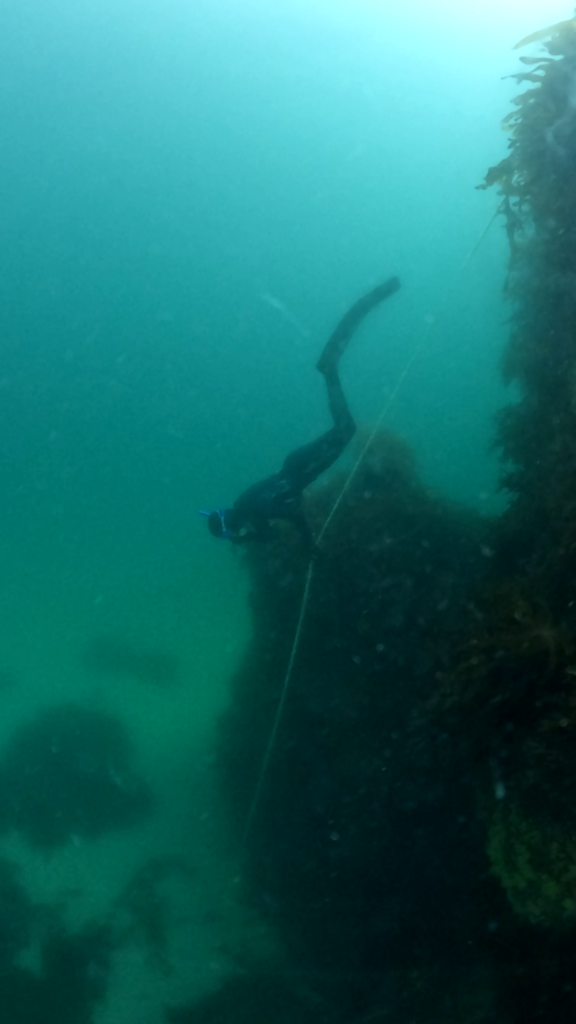
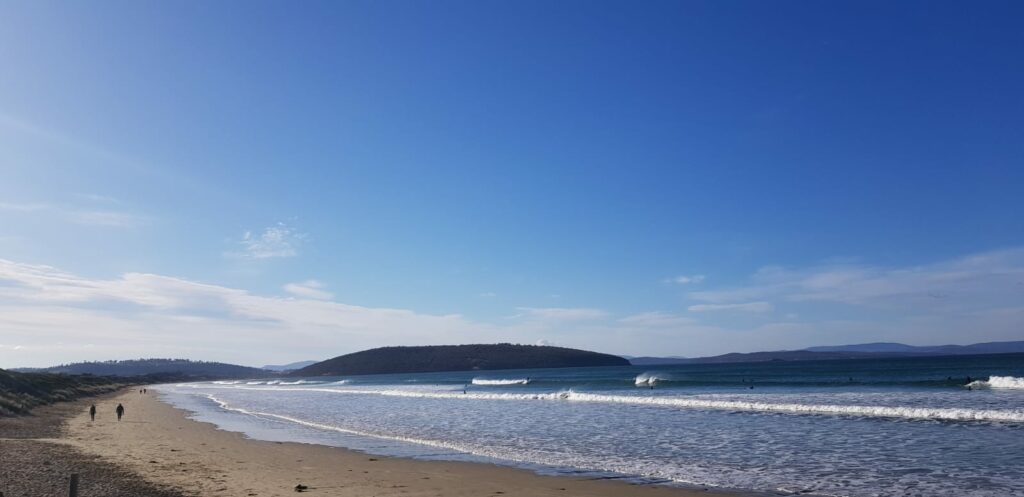
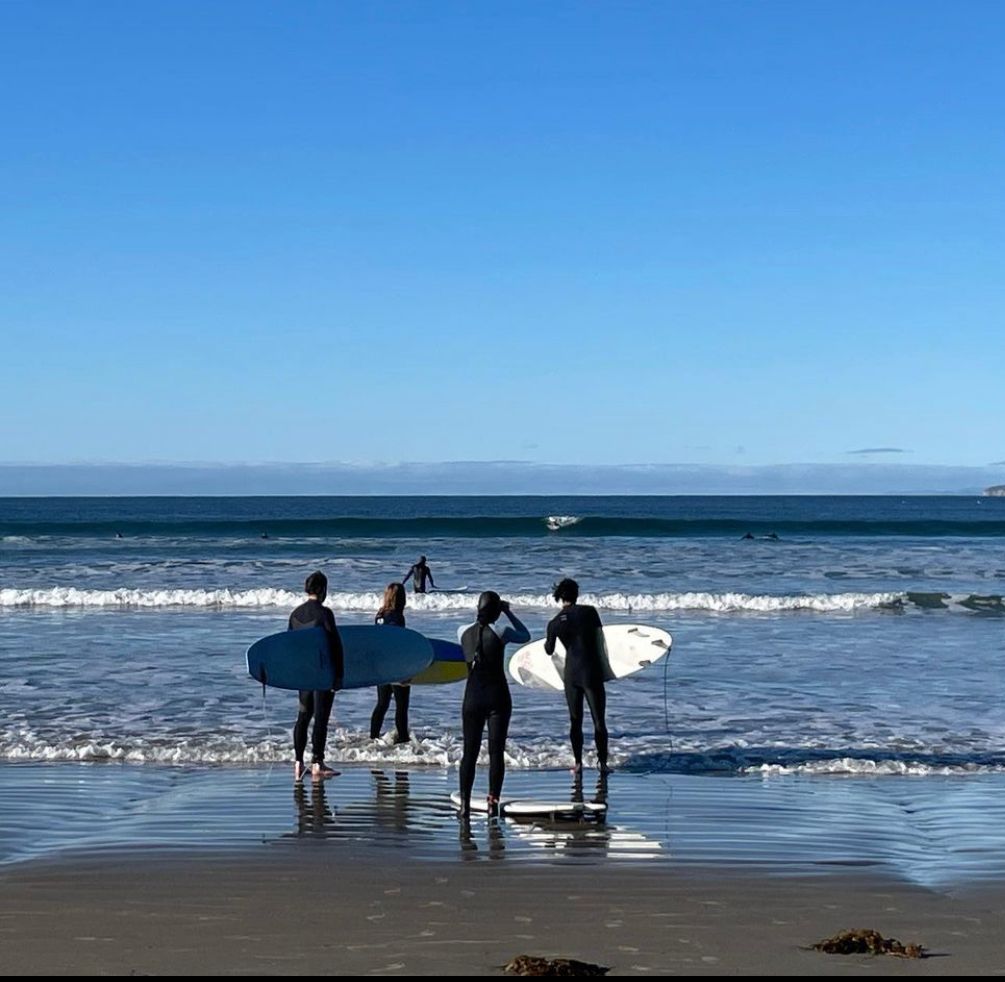
At the end of my Mertz Fellowship I travelled around Australia, visiting Brisbane, the Great Barrier Reef for my scuba diving open water license and driving the Great Ocean Road in Melbourne.
I would like to thank the Swiss Polar Institute and the Antarctic Science Foundation for funding this fellowship, Dr Petra Heil for hosting me at the Australian Antarctic Program Partnership (AAPP) and everyone I met during my visit to Tasmania who helped make it an incredible experience.
Amy Macfarlane is a snow physics researcher at WSL Institute for Snow and Avalanche Research SLF and her project took place in Tasmania from August to October 2023 with financial support from a Mertz Fellowship.